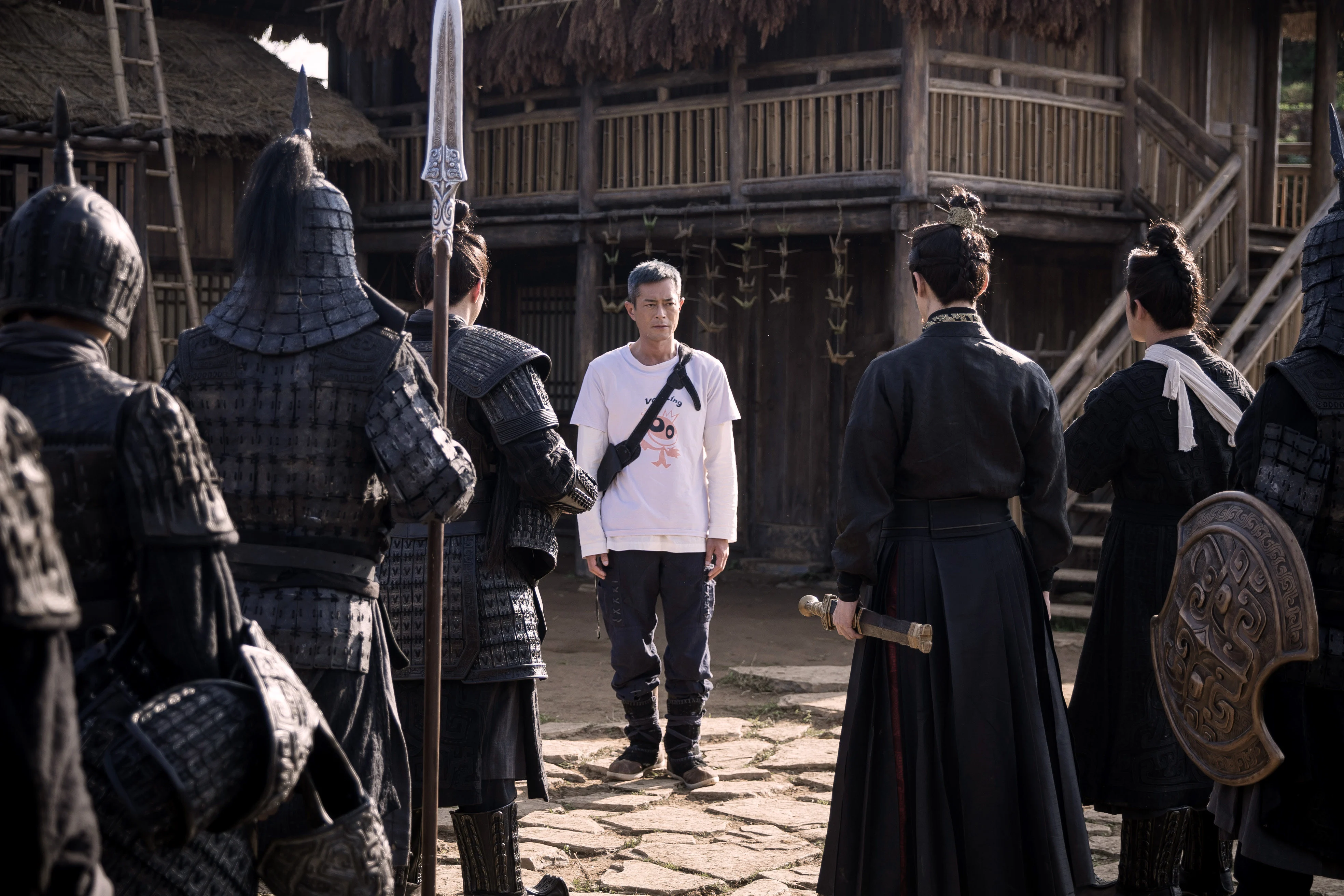“168 cm, 65 kilos, apple-shaped figure,” reads Xin Badi’s bio on Xiaohongshu. Confident and bubbly by nature, Xin boasts over 140,000 followers on the Instagram-like app. At 23 years old, she’s a full-time fashion blogger from China’s southern Guangdong province.
On Xiaohongshu she shares short videos and photos of herself in fashionable outfits, but unlike most fashion influencers, her videos often start with the self-effacing humor of showing off her belly and pinching on the abdominal fat.

“I started posting in February,” Xin tells RADII. “I hope my videos can help those who struggle with body image anxiety.”
Bloggers like Xin belong to a new, unapologetic category of influencers that is trying to change perceptions around body image in China: ‘midsize’ (微胖 weipang) influencers.
Literally meaning “a little bit fat” or “micro-fat” the term weipang has grown to be associated with women whose bodies don’t quite fit in with the mainstream standard of ultra-thin figures, but who are also not plump enough to qualify for the ‘plus-size’ label (大码 dama).
Many in China have reclaimed the term, confidently using it to set themselves apart from influencers with conventionally thin figures, and the hashtag ‘midsize outfit’ has accumulated over 7.8 billion views on Xiahongshu and over 38 billion views on Douyin (China’s TikTok).

A similar phenomenon has emerged on international TikTok, where some female influencers label themselves ‘midsize,’ pointing out the lack of ‘average’ body types in a fashion industry that’s becoming increasingly polarized between ultra-thin and plus-size models.
Size Matters: The Quest for Bigger Clothes
In recent years, the body positivity movement has also gained some momentum in China, with brands like Neiwai pioneering inclusivity in their campaigns, plus-size models like Xu Ruoxin on the covers of high-profile fashion magazines, and rapper Chen Jinnan openly discussing body image in her songs.
But while the demand for plus-size clothing is growing, recent controversies surrounding shrinking clothing sizes hint that China’s body positivity movement has barely scratched the surface.

A ‘midsize’ fashion influencer named Monica Huang, 25, also from Guangdong province, mostly buys clothes that are intended for export (贸款 yikuan), as these brands normally carry bigger sizes while still being available on domestic e-commerce platforms.
“I can’t really fit into the majority of pretty clothes, and the ones that fit will make me look very fat,” she tells RADII. She also mentioned that she prefers yikuan garments because she likes wearing ‘Western style clothing’.

Xin’s experience is similar.
“When I buy clothes here in China I feel like the sizes are getting smaller and smaller,” she says. “It’s very confusing.”
To address the problem, she opened her own online clothing store on Xiaohongshu, where her followers can buy the outfits she wears in her posts without ever having to leave the app.
In recent years, stores targeting ‘midsize’ and ‘plus-size’ customers are mushrooming on e-commerce platforms like Taobao, as well as on social networks like Douyin and Xiaohongshu, where they offer a wide range of styles and items.
The ‘activist to sex object’ pipeline
While her style would hardly turn heads in Los Angeles or New York, wearing tight, revealing clothes is still frowned upon by many in China, where the style is associated with promiscuity. Unfortunately, objectification appears to be even stronger when it comes to plumper women.
“I don’t have a lot of happy memories associated with my influencer career,” Huang confesses, adding “For me, it’s mostly been trolling and sexual harassment.”

A quick search on Douyin, (whose user base is mostly men, as opposed to Xiaohongshu where over 70% of the users are women) will reveal the term weipang is used by men to describe women with large breasts and booties, but thin waists and long legs.
On Douyin, weipang women are mistakenly identified with a ‘slim-thick’ body type rather than the diverse range of ‘midsize’ bodies displayed by influencers on Xiaohongshu, and many videos on the platform revolve around sexiness rather than fashion and style.
Some misogynistic users even go as far as mocking women who describe themselves as weipang, but who look more like Xin and Monica than Kim Kardashian. Others debate whether someone who weighs less than 60 kg can even call themselves ‘midsize’ or should just be considered thin.

“Some girls weigh as little as 50 kg and still consider themselves midsize,” Xin tells RADII, adding “I don’t think they are necessarily wrong. After all, weight isn’t everything when it comes to assessing someone’s body type.”
And while the definition of ‘midsize’ is fluid and has caused debate on both domestic and international corners of the internet, the proliferation of content featuring influencers with a more diverse range of body types can hopefully represent a step in the right direction.
“I hope many women can watch my videos and overcome body image anxiety,” Xin says. “Everyone deserves to make peace with themselves.”
Cover image designed by the author

















